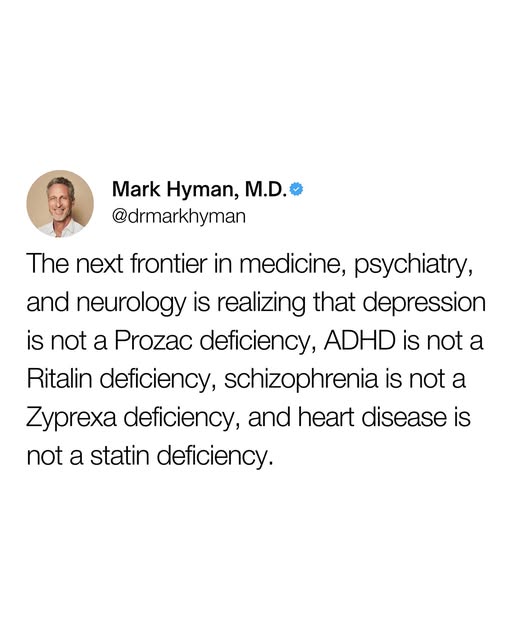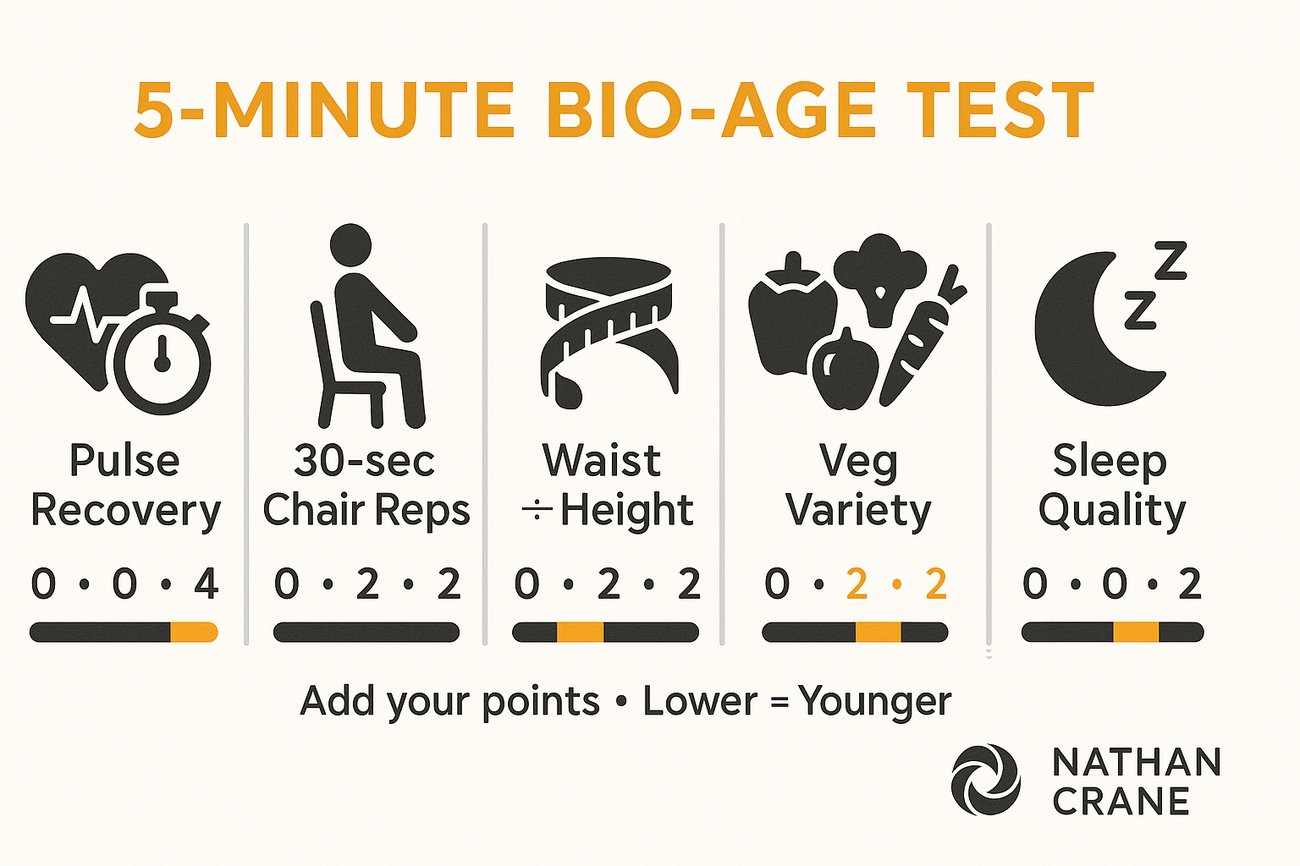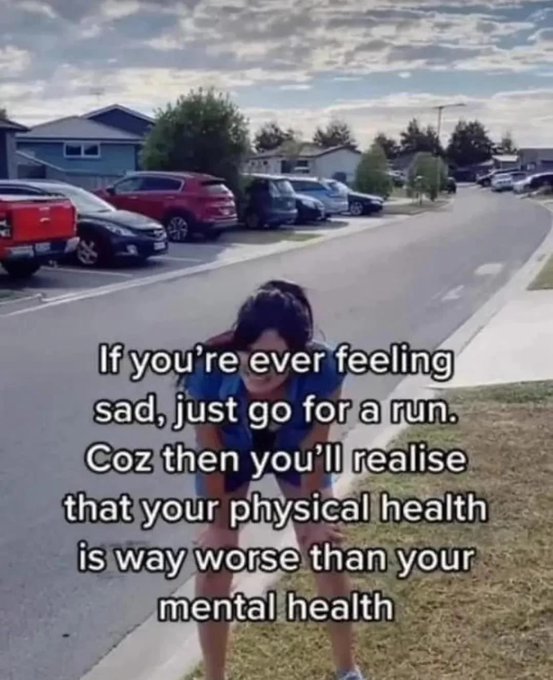Japan’s Shocking mRNA Vaccine Revelations: 21 Million Vaccination Records Expose Alarming Death Trends
Peak in deaths occurs 3 to 4 months after vaccination
f you thought the mRNA vaccine saga couldn’t get any wilder, Japan just dropped a bombshell that’s shaking the narrative to its core. A group of 350 Japanese volunteers, led by the United Citizens for Stopping mRNA Vaccines, has unleashed a staggering 21 million vaccination records—yes, you read that right—obtained through Freedom of Information Act (FOIA) requests. This isn’t some small-fry dataset; it’s a colossal trove of vaccination dates, lot numbers, and, most chillingly, deaths. And what it reveals? Well, let’s just say it’s not the “safe and effective” mantra we’ve been spoon-fed.
By analyzing the 21 million records, Prof Murakami of Tokyo Science University uncovered a disturbing peak in deaths 90–120 days after mRNA vaccination, with higher doses showing earlier death peaks. That’s right—folks who got more jabs died sooner, suggesting a cumulative toxicity that builds with each shot.
Murakami estimates that 600,000 to 610,000 Japanese may have died post-vaccination, a figure that aligns eerily with Japan’s excess death statistics. But here’s the kicker—why haven’t these deaths been plastered across headlines? Prof Murakami suggested that they’re happening three to four months later, slipping under the radar of official reports because doctors do not see them as cause of deaths if they are not within a few days after vaccination. The government’s not connecting the dots, folks, and it’s no surprise why. These delayed deaths don’t fit the narrative of “safe and effective.” Instead, they point to a silent crisis that’s been swept under the rug.
The good news is this: while Big Pharma pushes forward with its next pet project—the self-replicating mRNA vaccine (aka replicon vaccine)—the Japanese public isn’t buying it. Out of 4.2 million doses rolled out last October, only 10,000 were administered. That’s a measly 0.24% uptake rate. Let that sink in. The people of Japan, armed with growing skepticism and fueled by groups like the United Citizens, have rejected this experimental jab en masse. And they’re not just sitting quietly—over 100,000 signatures were submitted to Japan’s Ministry of Health, Labour and Welfare, demanding a halt to mRNA vaccinations.
Why the resistance? The replicon vaccine, hyped as a “next-gen” solution, is already raising alarms. According to the press conference, the pharmaceutical company behind it (Meiji Seika Pharma) has admitted to higher rates of adverse effects and deaths compared to the original Pfizer and Moderna jabs. If the first round of mRNA shots was bad, this self-replicating version sounds like a sci-fi horror show. No wonder Japan’s saying, “Thanks, but no thanks.”
This isn’t just Japan’s battle—it’s a global wake-up call. The United Citizens group, with 70,000 supporters and 3,000 volunteers, is pushing for international collaboration to stop mRNA vaccines, including a planned influenza shot set for fall 2025.
The group’s database, though currently Japanese-only, is being prepped for English translation, and they’re inviting researchers worldwide to dive in.
But it’s not all smooth sailing. The group’s facing heat—legal heat. Meiji Seika Pharma has slapped a lawsuit on Congressman Kazuhiro Haraguchi and others for speaking out against the replicon vaccine. Haraguchi himself claims he developed lymphoma post-vaccination, with spike proteins found in his lymph cells. Coincidence? You tell me.
This 21-million-record bombshell isn’t just numbers on a spreadsheet—it’s lives, families, and a healthcare system that’s failed to ask the hard questions. The peak in deaths at 90–120 days, the staggering estimate of 600,000+ deaths, and the public’s rejection of the replicon jab scream one thing: people are waking up. Japan’s data, painstakingly gathered by volunteers, is a clarion call to rethink the mRNA experiment before more lives are lost.
Want to dig deeper? The database is online. Contact the United Citizens for Stopping mRNA Vaccines to join the fight. This isn’t over, folks. Share this, spread the word, and let’s keep pushing for the truth.
Because if we don’t, who will?
Signing off for now
A17
Finish reading: https://open.substack.com/pub/pharmafiles/p/japans-shocking-mrna-vaccine-revelations






